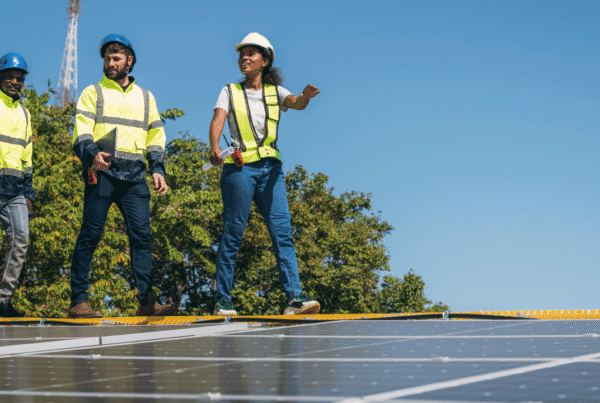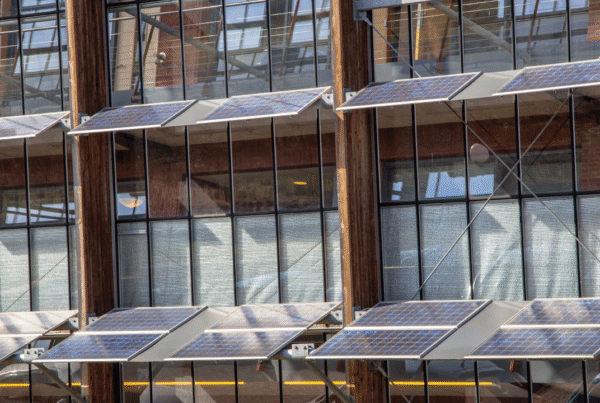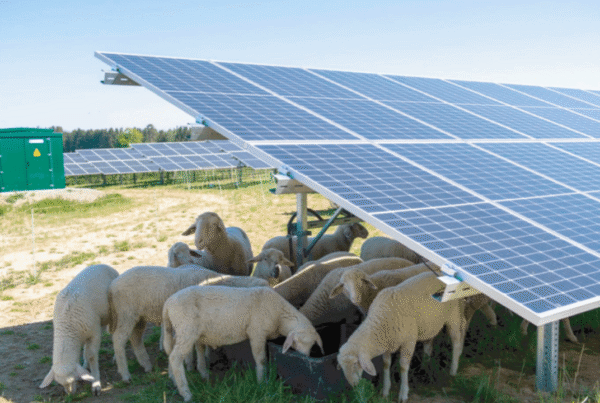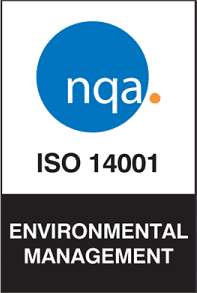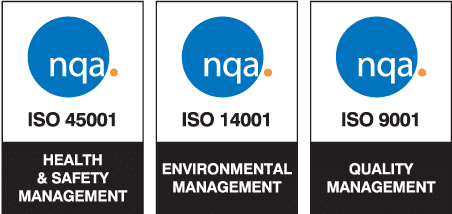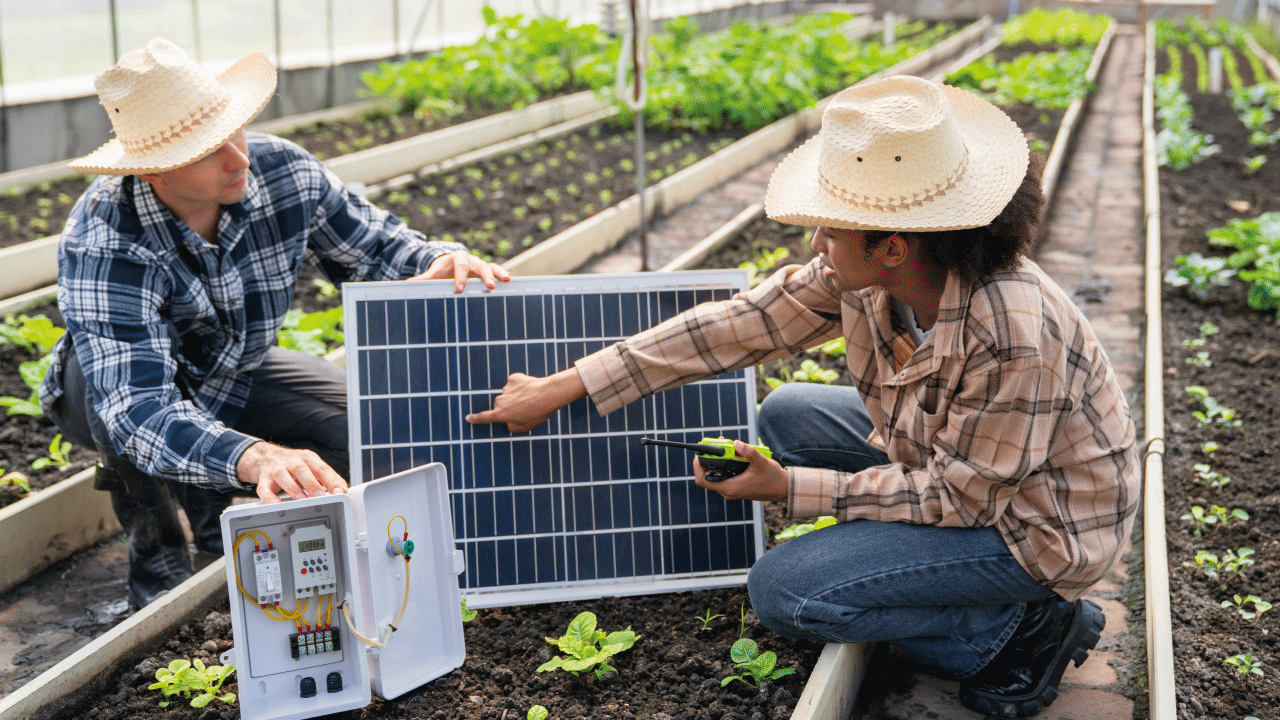
Thanks to the installation of elevated solar panels, it’s possible to modulate radiation and create a microclimate that protects plants from thermal extremes. This approach not only diversifies farm income sources but also promotes efficient agriculture that respects water resources.
Among the most adaptable crops are lettuce, spinach, and aromatic herbs, which tolerate up to 40% light reduction without compromising flavor or texture. Cherry tomatoes and sweet peppers thrive when panels are installed over four meters high, reaching up to 80% of open-field productivity. For berries—such as strawberries and raspberries—adjusting panel spacing and height is key to ensuring adequate light during the flowering stage.
The agrovoltaic microclimate design softens midday heat peaks and retains residual warmth at night, stabilizing temperatures and promoting more uniform growth. Partial shading reduces soil evaporation, increasing relative humidity by up to 15% and lowering water consumption. Additionally, proper spacing between panel rows enhances air circulation, minimizes the risk of fungal diseases, and ensures a well-ventilated environment.
In terms of agricultural yield, moderate shading allows crops to maintain 85–90% of their optimal weight while improving sugar concentration and aromatic compounds, boosting organoleptic quality. These thermo-hydric conditions enable earlier spring sowing and delayed autumn harvesting, extending the productive window and diversifying crop cycles.
To fully harness the potential of this model, it’s essential to implement a localized drip irrigation system controlled by moisture sensors, which adjust flow to optimal levels and prevent soil salinization. Increasing planting density by 10% compensates for reduced irradiance and improves space efficiency beneath the panels. Crop rotation with legumes and the use of living ground covers between rows promote nitrogen fixation, enrich soil structure, and limit pathogen spread.
By integrating sustainable farming techniques with agricultural photovoltaic installations, producers not only maximize solar energy generation but also strengthen crop resilience to climate change. This holistic approach redefines the concept of agricultural exploitation, opening new opportunities for innovation, profitability, and environmental conservation.
——————————————–
Find out more news about the renewable energy sector on the Univergy Solar blog.

